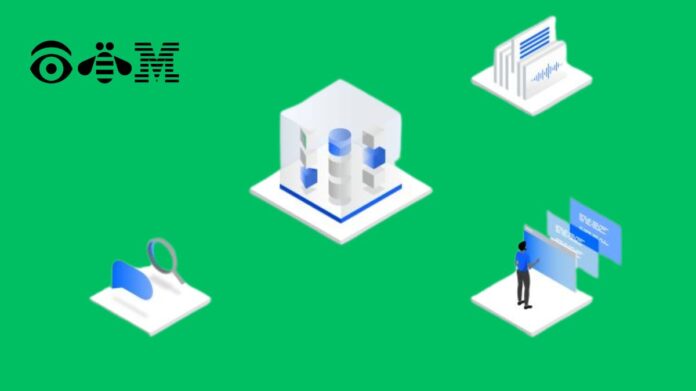Customised data integration for your hybrid world
The most pressing data leadership challenge is controlling expectations of artificial intelligence (AI) capabilities without tackling data inaccessibility and proliferation. Data teams are facing challenges related to data silos, real-time data processing, and data quality. Data integration expenses are on the rise due to job failures and performance constraints. Designing and implementing data pipelines that satisfy service level agreements (SLAs) on performance, cost, latency, availability, and quality is hampered by one-purpose integration tools.
Data integration provides a modular approach to data management and integration, enabling you to use a straightforward graphical user interface (GUI) to develop well-crafted extract, transform, load (ETL) or extract, load, transform (ELT) data pipelines, each customised to specific use cases. Whether on-premises or in the cloud, it facilitates batch or real-time data processing. Continuous data observability lets you manage data monitoring, alerting, and quality issues from one platform.
Data integration makes accurate, consistent data available fast and at scale by creating, managing, and monitoring data pipelines.
Advantages
Democratise access to data
Boost model training, integrate various data sources, and improve AI’s contextual awareness and capabilities.
Select the appropriate integration pattern
To achieve SLAs for performance, cost, latency, availability, quality, and security, align integration approaches.
Get rid of data silos
No matter where the data is located in the data fabric on-premises, in the cloud, or in a hybrid environment ingest data from applications.
Capabilities
Various approaches to data integration
Build a well-thought-out data pipeline that employs the appropriate integration approach, whether it be batch or real-time, ETL, ELT, all-at-once ingestion, or change data capture (CDC).
Hybrid by design
Manage everything from a single control plane by integrating data integration capabilities anywhere in your current hybrid and multicloud infrastructure.
Value of the data pipeline lifetime
Create robust and scalable data pipelines using modular, repeatable templates and standardised procedures like DataOps, then scale them up for production.
Active detection of anomalies and handling of data incidents
With continuous data observability, you can identify data events early, address them more quickly, and provide the business with higher-quality data.
Support for all data types
Utilise a single platform to manage all forms of data, including unstructured, semistructured, and structured data.
Data integration Use cases
Build robust, effective, and economical data pipelines for your real-time analytics, generative AI (gen AI) projects, warehouse modernisation, and operational requirements.
Provide trusted and timely data to AI
Strengthens AI’s contextual awareness and capabilities, unifies disparate data sources, and drives model training.
Simplify real-time data integration
Streaming data pipelines that are dependable and simple to construct can facilitate real-time analytics and prompt decision making.
Quickly transform raw data into high-quality information
Convert vast volumes of unprocessed data into usable, high-quality information quickly, regardless of the format, complexity, or quantity.
Break down data silos
Obtain a unified view of data from various sources and data kinds without data migration and in a controlled, safe manner.
Observability of data
Deliver reliable data
Deliver dependable and easily assimilated data, identify unexpected data incidents early, and fix them more quickly.
Summary
IBM’s data integration solutions are marketed as a means of handling the intricacies of contemporary data, including silos and difficulties with real-time processing, which impede AI efforts. IBM’s tools and capabilities for building and managing data pipelines, supporting different integration techniques including ETL and ELT, and managing a variety of data types across hybrid environments are highlighted in the language that is provided. Improved data accessibility, silo removal, and proactive data quality management via observability are some of the main advantages. The resources have a strong emphasis on building robust, effective data pipelines for applications such as real-time analytics and generative AI.


